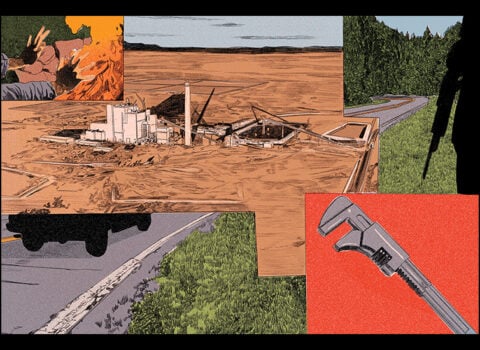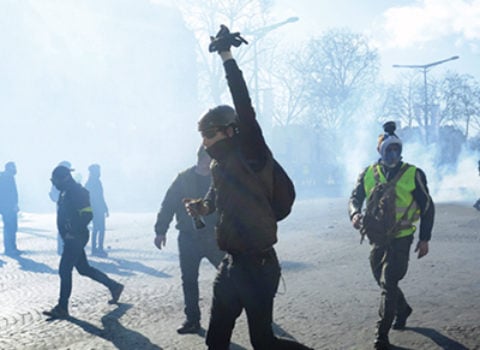The day before the buffalo were to be killed, six state livestock agents set out on horseback along Horse Butte to haze the animals that had migrated out of Yellowstone National Park during the night. The herd they were tracking was small, only eighteen head, but up close and streaming through the sage where the butte touched the waters of Lake Hebgen, the buffalo shook the earth and seemed even to shake the water. The horsemen chirped and hiyahed and whistled as they drove the animals into a pine forest. I followed them to the edge of the woods,…
Sign in to access Harper’s Magazine
We've recently updated our website to make signing in easier and more secure
Sign in to Harper's
Hi there.
You have
1
free
article
this month.
Connect to your subscription or subscribe for full access
You've reached your free article limit for this
month.
Connect to your subscription or subscribe for full access
Thanks for being a subscriber!
Get Access to Print and Digital for
$23.99 per year.
Subscribe for Full Access
Subscribe for Full Access









































































































